Learning, sharing and experiencing the “how” of Transmedia Storytelling
Guest post by Valentina Ciarapica and Suha Hazboun.
“I hear and I forget. I see and I remember. I do and I Understand”
Confucius
The 17th of October the Conducttr conference took place in London attracting creators, technologists, academics, producers, and all kinds of professionals involved in designing and producing transmedia storytelling projects.
“Interaction” is the keyword that better defines this one-day experience: the program consisted in a series of speeches given by experts and academics, but also in several open mic sessions where people from the audience had the opportunity to spontaneously talk about their projects and to involve the other members. Part of the conference area was dedicated to exhibits: everyone could show their innovative work and portfolio and get feedback from participants. Moreover, two hours of the conference were dedicated to meeting Francesco Boni, Chris Buckingham and Krishna Stott who were available for sharing their knowledge and their expertise on legal advice, crowdfunding methods and narrative development in storytelling.
The main goal of the conference was to create a network and let participants share their professional knowledge with each other: it was all about how to tell stories, how to create connections between a story and an audience, how to let the audience run the story. The showcasing of successful transmedia projects on different scales, technologies and achievements could not be a better example for how wide the world of transmedia storytelling is and how much open and complex the immersion process can be.
Jonny Virgo opened the speech series talking about his ARG “City of Conspiracy”, and demonstrated, with an hip-hop performance, his ability to turn a personal creative passion (music) into pure entertainment. Virgo’s interactive thrillers series is based on special organized tours around the city of London, where participants can find clues to solve mysteries.
Jill Golick presented her successful web series “Ruby Skye PI”, discussing its interactive narrative from the development to the execution. This meaningful entertainment project engages the youngest audience and shows us the importance of transmedia as a powerful tool for education.
Belén Santa-Olalla talked about the immersive project “Game of Thrones: 19 Reinos”, an interactive extension of the famous tv series built with Conducttr in collaboration with Canal+. As the spanish translation of Westeros, 19 Reinos creates through its virtual Twitter battles a real-world playground where GOT fans can live a unique and personalised multimedia immersive experience.
If “interactivity feeds the story, and story feeds interactivity” as Nataly Rios Goico said during her conversation with Alison Norrington, both elements are connected with a third one: technology. “Story first”, pointed out Karen Palmer while presenting her Syncself 2.0, an innovative project that mixes film, games and wearable technologies, where the audience is asked to “move mindfully” through a series of Parkour/Free Running challenges in a urban background. “It’s important not to be seduced by technology but to keep your story and concept at the centre & let the tech follow”.
Keith Johnson, commercial director and co-founder of syncscreen, a company focused on two-screen experiences design, underlined the challenge of considering technology as a protagonist instead of the main tool in the story. When technology is not used in the right way, it can have the opposite effect: “to sync screens means to sync the experiences. Users must feel like having a natural behaviour while adopting technology, not to get confused by it.”
Academics from several Universities also joined the discussion, giving their contributions in the framework of other relevant topics such as the audience engagement across different platforms (Elizabeth Evans), the role of performance in transmedia productions (Sophy Smith) or the definition of models and metrics related to all kind of innovations in storytelling (Eefje Op den Buysch and Hille van der Kaa).
Talking about the need to categorize experiences and to preserve digital memories, Sarah Atkinson from the University of Brighton and Vicki Callahan from the University of Sounthern California, showed their well structured transmedia storytelling database, inviting all transmedia storytellers to archive their work.
“We want to create second lives, but not in a virtual reality sense”, said Robert Pratten while closing the speech series with his final intervention. Pratten explained his simple but deeply structured multi-layered and location-based scheme reminding us that finally only “dynamic world building inspires personal stories”.
The Conducttr Conference has been a fantastic and intensive one-day journey as well as a collective act of thinking about the “how to” of transmedia storytelling: from the issues and challenges present in designing stories using innovative techniques, through the dynamics of conception and realization and finally to the deep sense and meaning of storytelling based on the times we live in.
More infos about the Conducttr Conference 2014 on facebook and twitter
#cdttr2014
All conference pictures except the fourth one are courtesy of conducttr. The photo of the multi-layered experience is courtesy of Zecora Ura.

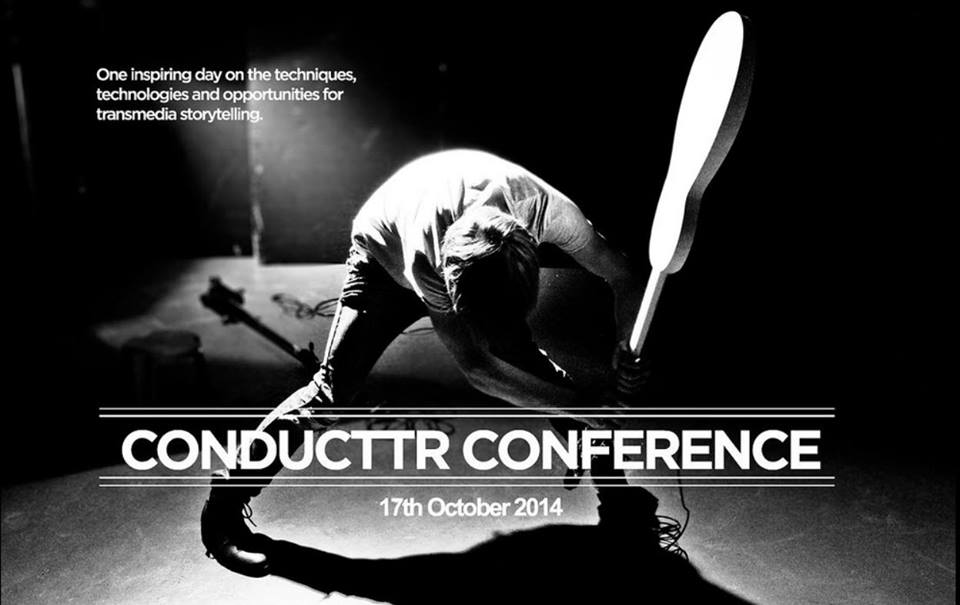
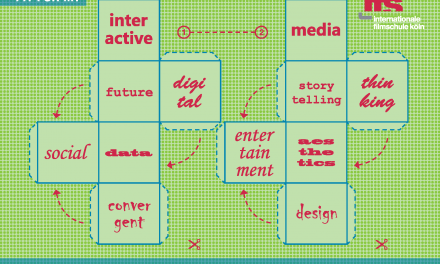
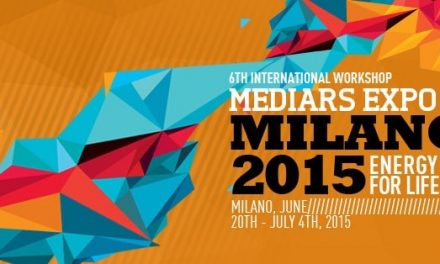
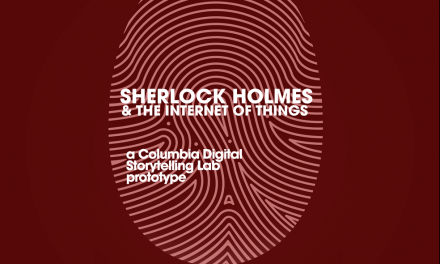
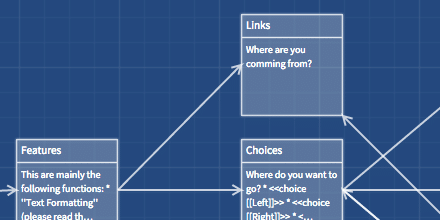

Recent Comments